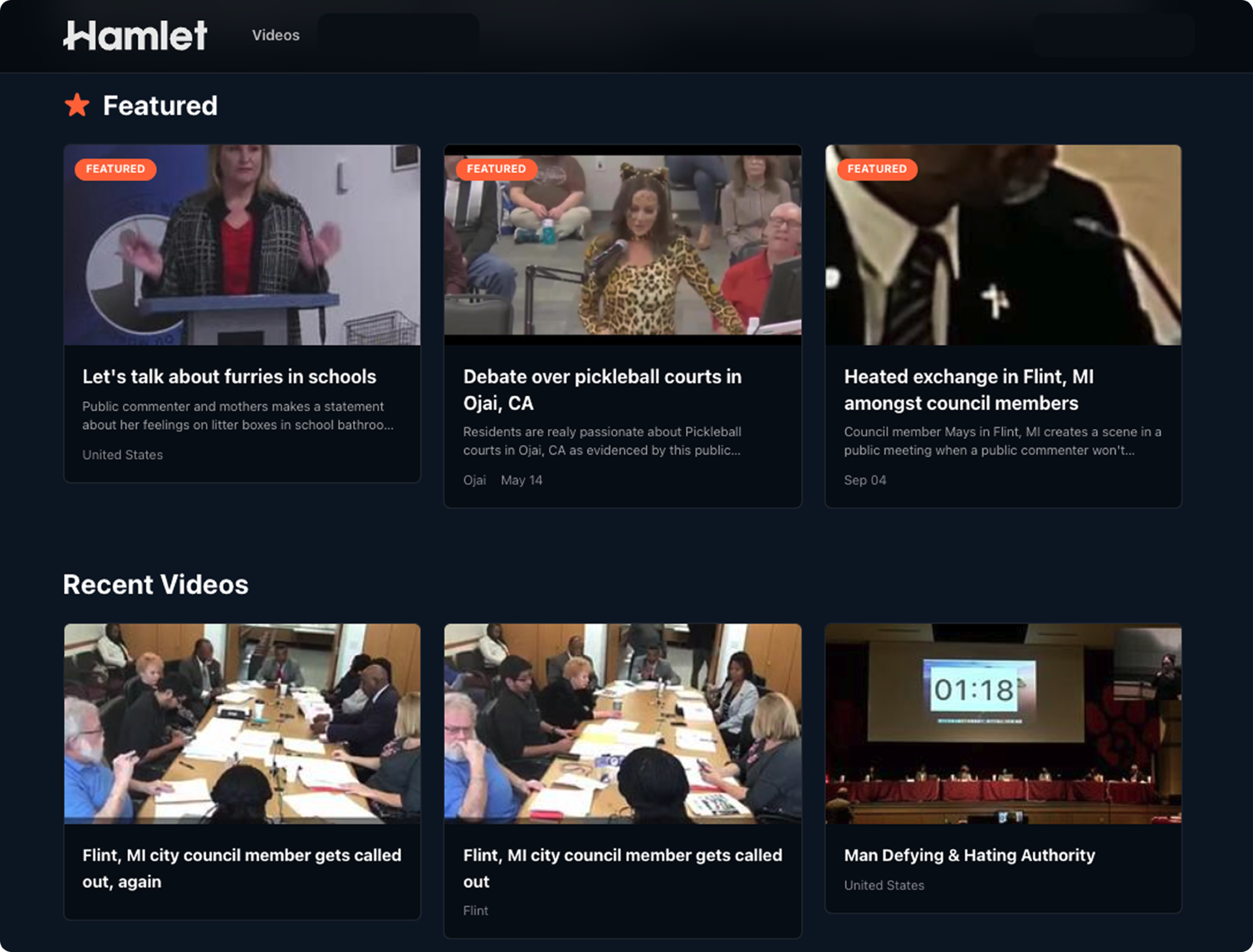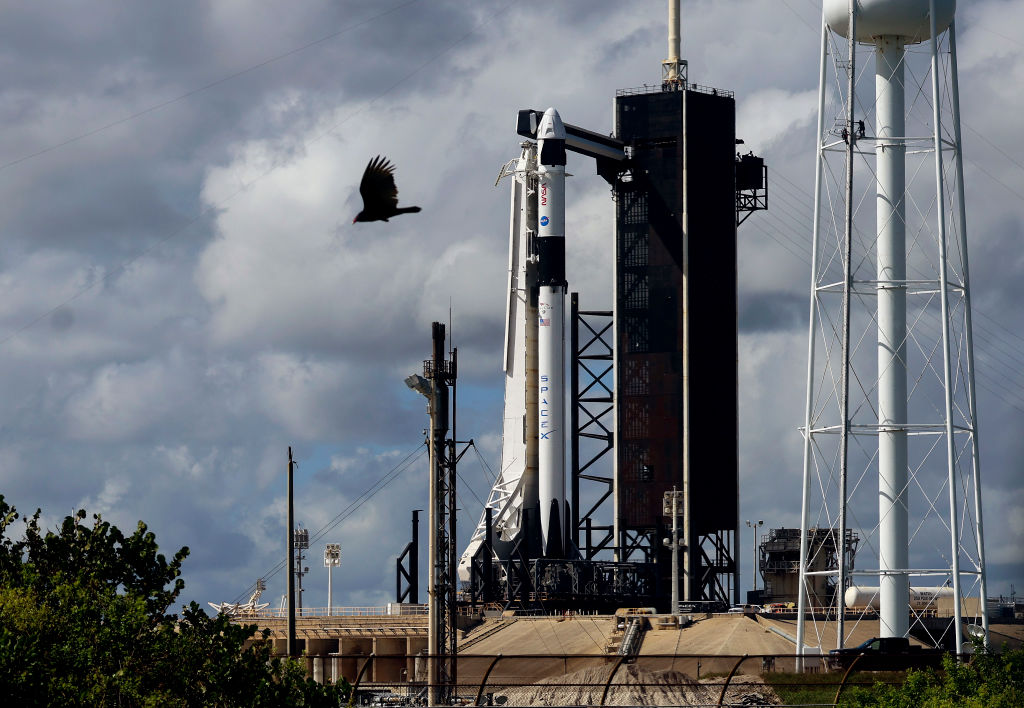
President Donald Trump has unexpectedly reinstated his nomination of Shift4 founder Jared Isaacman to serve as the administrator of the National Aeronautics and Space Administration (NASA), marking a significant reversal just months after the initial nomination was withdrawn. The announcement, made by the former president on his social media platform, Truth Social, on Tuesday, reignites a contentious debate over the leadership of the nation’s premier space agency and underscores the intricate interplay of political influence, private sector ambition, and public discourse in high-stakes government appointments.
The Arc of a Controversial Nomination
This re-nomination follows a period of intense public and online pressure, particularly from prominent figures within the commercial space industry. Isaacman, a billionaire entrepreneur, accomplished pilot, and private astronaut, was initially put forward for the NASA administrator role earlier in the year. However, that nomination was abruptly withdrawn, leaving many in the space community speculating about the reasons behind the sudden change. In the interim, Secretary of Transportation Sean Duffy had been overseeing NASA in a temporary capacity, a situation that drew considerable criticism and became a focal point for those advocating for Isaacman’s return.
The months following Isaacman’s initial withdrawal saw a sustained campaign, largely orchestrated online, pushing for his re-appointment. This included vocal support from figures like SpaceX CEO Elon Musk, who, along with others, engaged in what has been described as "online sniping" directed at Secretary Duffy. The public nature of these appeals, often unfolding on social media platforms, highlights a growing trend where digital campaigns can exert tangible influence on political decisions, especially in niche but passionate communities like the space enthusiast demographic. Isaacman himself acknowledged the groundswell of support, posting on X (formerly Twitter) on Tuesday evening, "The support from the space-loving community has been overwhelming. I am not sure how I earned the trust of so many, but I will do everything I can to live up to those expectations."
Jared Isaacman: A New Breed of Space Leader?
Isaacman’s background is unconventional for a NASA administrator, a role traditionally filled by former astronauts, scientists, or high-ranking government officials with extensive aerospace experience. He founded Shift4 Payments, a leading payment processing company, at a young age, accumulating significant wealth. However, his true distinction in the context of NASA lies in his pioneering role as a private astronaut. He commanded Inspiration4 in 2021, the first all-civilian orbital spaceflight, and is slated to command Polaris Dawn, a private mission aiming for the highest Earth orbit ever flown by humans. These endeavors, conducted in partnership with SpaceX, position him at the forefront of the burgeoning commercial space sector.
His supporters argue that this unique blend of entrepreneurial drive and direct spaceflight experience makes him an ideal candidate to lead NASA into an era increasingly defined by public-private partnerships and commercial innovation. They believe his vision could inject new dynamism and efficiency into the agency, fostering greater collaboration with private companies and accelerating ambitious exploration goals. Critics, however, might raise concerns about potential conflicts of interest given his deep ties to commercial space ventures, particularly SpaceX, a major NASA contractor. They also question whether a leader from a purely commercial background possesses the necessary understanding of NASA’s complex scientific research, aeronautics, and deep space exploration mandates, which extend far beyond human spaceflight.
NASA at a Crossroads: The Administrator’s Pivotal Role
The position of NASA administrator is critical, serving as the agency’s chief executive officer and responsible for its strategic direction, budget, and overall mission execution. NASA currently stands at a pivotal moment in its history, with ambitious initiatives like the Artemis program aiming to return humans to the Moon and establish a sustainable lunar presence, a stepping stone for eventual human missions to Mars. Concurrently, the agency manages a vast portfolio of scientific missions, from studying Earth’s climate and distant exoplanets to developing advanced aeronautics technologies.
The administrator’s vision profoundly shapes these endeavors. A leader like Isaacman, with his commercial background, could potentially prioritize efficiency, commercial partnerships, and rapid development cycles, mirroring the ethos of the private space industry. This contrasts with a more traditional approach that might emphasize long-term scientific research, international collaboration, and a more deliberate, government-led pace of exploration. The agency’s direction under Isaacman would likely see a continued emphasis on leveraging private sector capabilities, potentially accelerating certain aspects of space exploration while possibly re-evaluating others.
The "Athena Plan" and Competing Visions
The re-nomination gained further traction after Isaacman publicly released his "vision" for NASA, dubbed the "Athena Plan," on X earlier on Tuesday. This decision to publish his detailed proposals came after a draft version had reportedly circulated among political circles in Washington, particularly among those advocating for Secretary Duffy to remain in charge of NASA. Isaacman suggested that "political operators" were intentionally causing controversy between himself and Duffy by circulating the plan.
While the full details of the "Athena Plan" are not yet public, its very existence and the manner of its release underscore a strategic effort to outline a clear, perhaps disruptive, direction for NASA. Such a plan, coming from a commercial space pioneer, would likely focus on accelerating milestones, streamlining processes, and potentially re-allocating resources to areas that align with a more commercially-driven space economy. This could include further incentivizing private development of lunar landers, orbital habitats, and in-space servicing capabilities.
Conversely, those who favored Duffy, or a more traditional NASA leader, might advocate for continuity, emphasizing the agency’s foundational role in pure scientific discovery, maintaining a broad portfolio of research, and safeguarding long-term, high-cost projects that might not immediately attract commercial interest. The tension between these different philosophies—one rooted in commercial agility, the other in governmental stewardship and broad scientific pursuit—is a defining characteristic of the current space landscape.
Political Undercurrents and Social Media’s Role
The entire episode offers a compelling case study in modern political appointments, where public opinion and social media activism play an increasingly potent role. President Trump’s initial withdrawal of Isaacman’s nomination and subsequent re-nomination suggest a responsiveness to external pressures, whether from influential figures like Musk or the broader "space-loving community" Isaacman cited. This dynamic indicates that even for high-level government positions, public perception and concentrated digital advocacy can sway decisions, potentially even reversing prior ones.
The use of Truth Social for the official announcement, rather than a more traditional White House press release, also highlights the evolving communication strategies of political figures, directly engaging with their base and often bypassing traditional media filters. This direct communication channel can amplify messages and mobilize supporters, as seen in the sustained campaign for Isaacman.
Challenges Ahead and the Confirmation Process
Should Isaacman’s re-nomination proceed, he would face the rigorous Senate confirmation process. This would involve hearings where senators would scrutinize his qualifications, vision for NASA, potential conflicts of interest, and his relationships within the commercial space industry. The confirmation process would likely become a platform for a broader debate about the future of U.S. space policy, the balance between public and private sector leadership in space, and the strategic direction of NASA for the coming decades.
Leading an agency as vast and complex as NASA demands not only vision but also exceptional management skills, an understanding of intricate scientific and engineering challenges, and the ability to navigate bureaucratic hurdles and international partnerships. Isaacman’s entrepreneurial background provides a distinct skill set, but adapting it to the unique demands of a government agency with a diverse mandate will be a significant challenge.
In conclusion, Jared Isaacman’s re-nomination represents more than just a personnel decision; it is a microcosm of the larger shifts occurring in space exploration. It embodies the growing influence of the private sector, the power of digital advocacy, and the ongoing debate about the most effective leadership model for charting humanity’s course among the stars. As the process unfolds, all eyes will be on Washington and the space community to see how this dramatic political reversal ultimately shapes the future of NASA.





